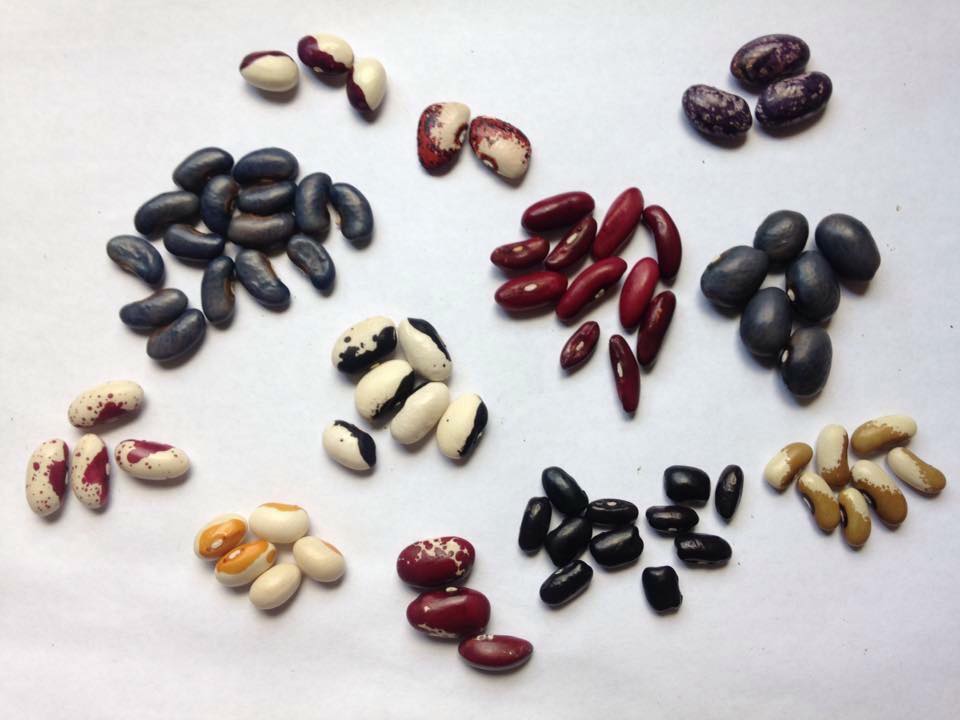Saving seeds from harvest to planting is a cycle many farmers, gardeners, and hobbyists experience every year, but is that all seeds are good for? In reality, seeds also have intrinsic value in genetic diversity, rich cultural backgrounds, and simple beauty. Throughout recorded history, seeds have morphed into unique crops distinguished from their native counterparts through intentional selection year after year refining desired characteristics. All these seeds preserve biodiversity as genetic resources and bear the legacy of generations past within their DNA.
A great example of this legacy is the Gete Okosomin Squash of the Miami tribe, who once occupied territory in Indiana, Ohio, and southwest Michigan. The Miami Tribe have cultivated the squash for thousands of years, and it can weigh up to thirty pounds. Native Americans here in Michigan also work to preserve native wild rice throughout the Great Lakes. This rice is “a cultural touchstone that tribal members are trying to pass on to younger generations.” Rowen White, the director and founder of Sierra Seeds as well as a member of the Mohawk community, says that “We do not own these seeds. We borrow them from our children.” This provides us with a powerful perspective that captures the very essence of seed saving. Of course, this concept can be applied to preserving land, family stories, or unique culinary dishes, but that is not our focus. Seeds are more than just food grown in a never-ending cycle. No matter the context, seeds are needed by all, valued by many, and loved by few. The MI Seed Library is among those few along with all of you who have been and are still supporting seed saving across the state.

